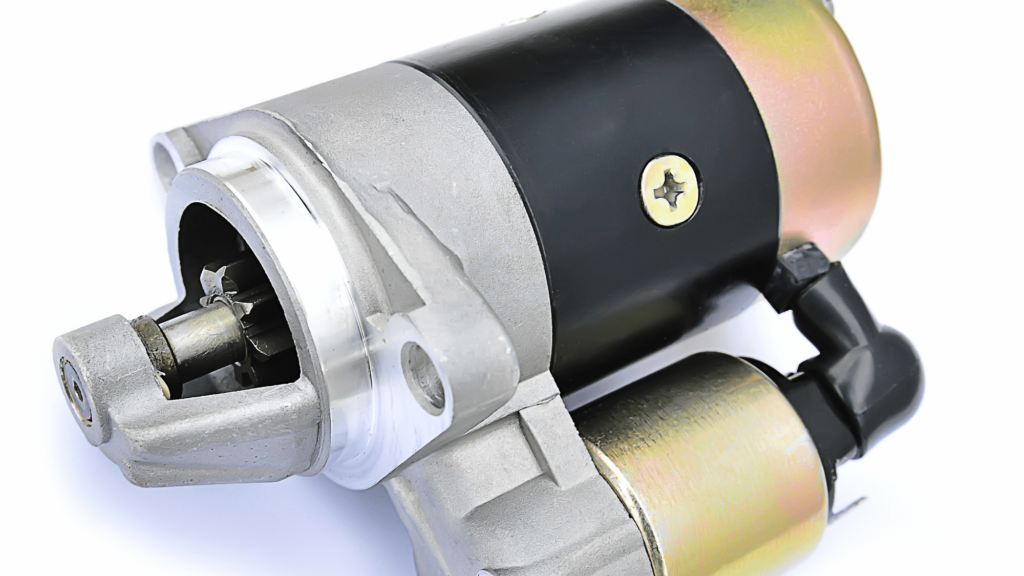What Causes a Starter to Go Bad?

Are you trying to start up a vehicle or piece of equipment, but turning the key in the ignition only leads to failure? This can sometimes be a tricky issue to diagnose because failure to start could be caused by several things, including a faulty starter, a dead battery, or alternator troubles. In this blog, we’re going to focus on the issue of a faulty starter. What causes a starter to go bad? Learn more with the professionals at Gateway Cable Company, below.
Understanding What Causes a Starter Relay to Go Bad: 3 Potential Issues
Unfortunately, a starter can go bad with no warning. There are symptoms of a bad starter that are useful to know, but there aren’t always warning signs that a starter is about to fail — you typically don’t know there’s a problem until the vehicle or machine won’t start. With that said, understanding what causes a starter to go bad in the first place might help you avoid this annoyance.
- Wear and Tear: As with most mechanical components, starters are susceptible to normal wear and tear. Most wear is caused by the high temperatures the starter is exposed to.
- Mismatched Pinion Gear and Flywheel: The pinion gear is a component of the starter that is designed to fit perfectly into the grooves of the outer ring of the flywheel, a component of the engine. Excessive wear can make it so that these two pieces no longer mesh properly, and the flywheel won’t spin as it needs to in order to turn over the engine.
- Improper Installation: The starter is held to the engine with bolts, which also provide the critical grounding for the current. If the starter isn’t installed properly and the bolts are too loose, the flywheel and starter can become damaged and fail to engage each other.
Tips to Prevent Starter Problems
Now you understand what causes a starter relay to go bad. But, is there anything you can do to prevent it from going bad in the first place? The answer lies in the maintenance of other components related to the starter:
- Maintain the Connectors: The starter motor and battery are connected via connector wires because the starter uses the battery for energy. Over time, battery corrosion can build up on the connectors, which reduces the amount of electric current flowing to the starter relay. So, cleaning any corrosion is crucial.
- Ensure the Bolts Are Tight: Remember the bolts we mentioned above? Make sure they’re tight so the flywheel and starter aren’t susceptible to damage.
- Keep the Solenoid Free of Dirt: The starter solenoid is the tiny cylinder-shaped component on the top of the starter motor. Dirt and debris can build up here, so you should brush them away periodically.
Work With Gateway Cable Company
Do you have additional questions related to the starter, like how it works? Or, are you in need of proper materials to fix a faulty starter on a vehicle or machine you work with? Allow Gateway Cable Company to help. You can contact us or request a quote to learn more about what we can do for you and your business.
